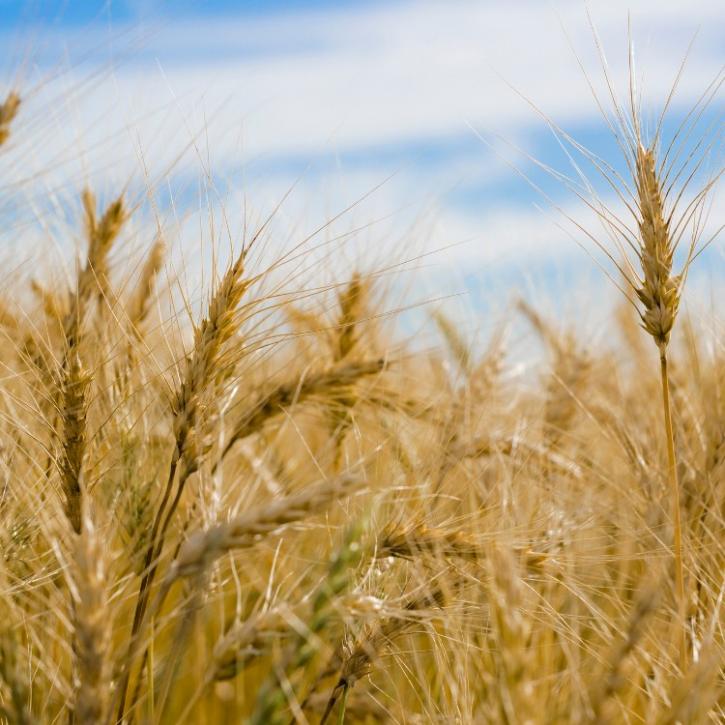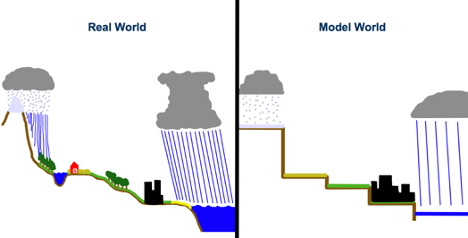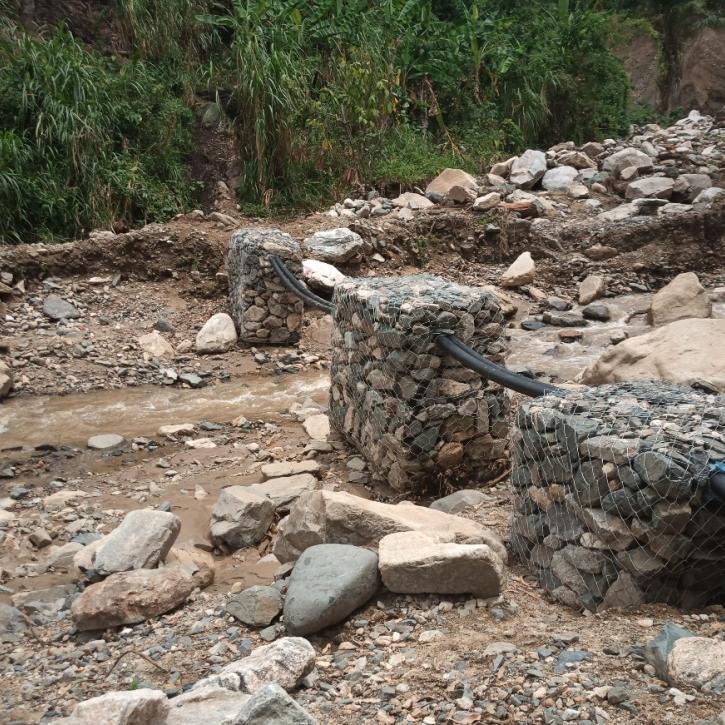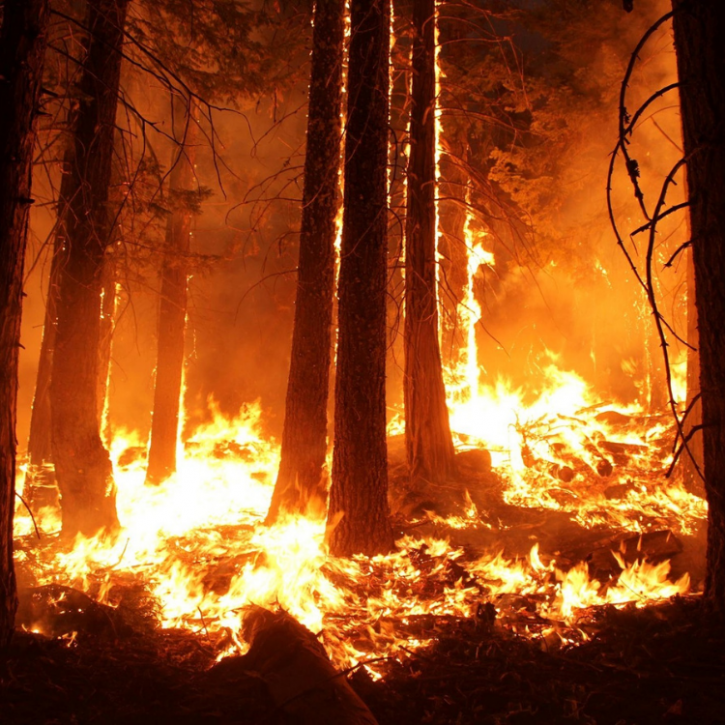

A comparison of statistical and dynamical downscaling methods for short-term weather forecasts in the US Northeast
Title: A comparison of statistical and dynamical downscaling methods for short-term weather forecasts in the US Northeast
Authors: Marc J. Alessi and Arthur T. DeGaetano
Journal: Meteorological Applications
URL: https://doi.org/10.1002/met.1976
Accurate weather forecasts in agricultural regions are critical for crop production. In this study, we attempt to identify a forecasting method that best predicts future weather for these agricultural regions. With better forecasts come better predictions of budding onset, when to harvest, frost avoidance, and disease and insect spread, which all increase the value of the agricultural economy.
In most farming regions, especially the northeastern United States, there are two obstacles to issuing reliable weather forecasts: 1) the fact that weather models issue forecasts on a grid and 2) farms often exist in regions strongly influenced by local water or terrain, commonly called “microclimates.” Weather models are built in grids, so they cannot accurately predict weather conditions for areas in between grid points. This is demonstrated in Figure 1. On the left is what the real world looks like, while on the right is what a forecast from a weather model may look like. Notice the model misses the peak of the mountain, the stream next to the farm, the hill next to the city, or even some precipitation types. Because the model is misrepresenting the landscape, accurate forecasts of microclimate conditions are rare.
There are 2 ways to correct forecasts from model output: 1) “dynamically downscale” or 2) “statistically downscale.” Dynamical downscaling is simply decreasing the distance between grid points in the forecast model to better resolve features at the surface, but this requires much more computing power. Statistical downscaling is when temperature forecasts from weather models are adjusted with some statistical method to modify weather model output to real-world conditions.
In our paper, the best forecasting methods were two that used dynamical and statistical downscaling. The more striking result comes in the difference between these two methods. One had a much smaller gridded model size (more computationally expensive) before statistical downscaling was applied. Intuitively, one would think the forecast method with shorter distance between grid points in the weather model would produce a better forecast, since it is better capturing microclimatic features such as small lakes. Another key result is the fact that forecasts issued by dynamically downscaled models (without a statistical adjustment) had a higher reliability than forecasts issued by the United States’ National Weather Service.





